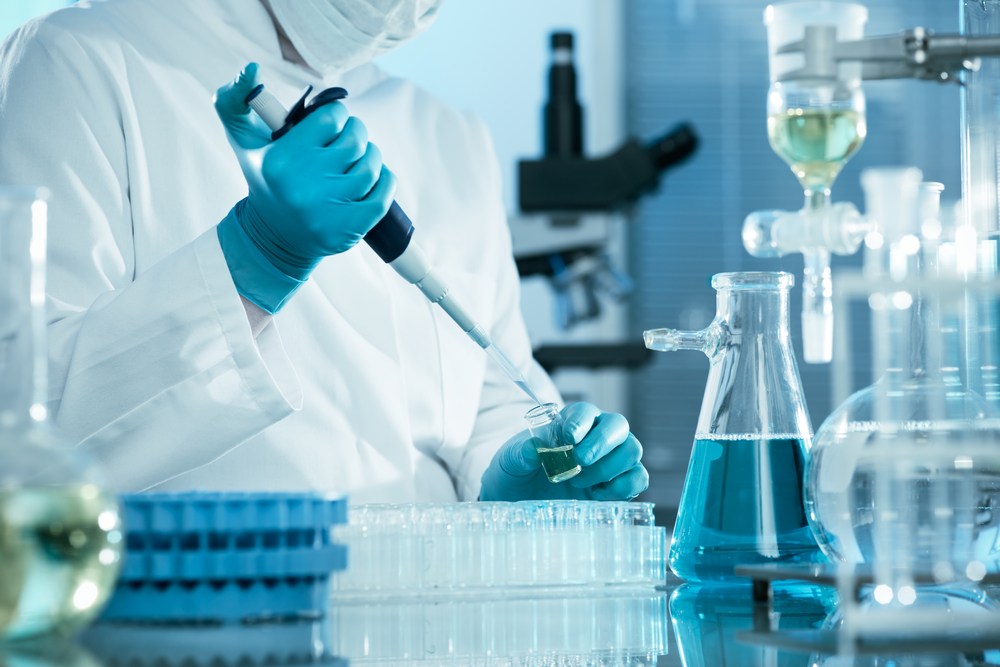At the Center for Statistics and Applications in Forensic Evidence (CSAFE), we often discuss the community of forensic scientists who drive our efforts to increase the scientific foundation of forensic science. Some may wonder, though, who are these forensic scientists? What do they do?
Unlike modern-day stereotypes of the forensic science field, forensic scientists cannot solve crimes in an hour’s time with absolute certainty. Forensic scientists of all types must work together to collect, analyze and interpret digital and pattern evidence, with the goal to bring the correct person to justice in a criminal investigation.
While “collecting,” “analyzing” and “interpreting” are easy words to say, they are far from simple in practice. Forensic scientists must sift through crime scenes for evidence deemed relevant to the crime. They analyze every inch of that evidence, look at it from all angles, and apply scientific principals and tests to understand that evidence’s significance and culpability. Even then, the results do not manifest in a black and white answer. Rarely does evidence provide 100 percent certainty — and nor can forensic scientists claim that their work is 100 percent error- and bias-free. That is where CSAFE’s statistical models support practitioners in the challenge to increase accuracy.
In the process of analyzing evidence, forensic scientists from different focus areas use their unique set of skills to help bring the correct person to justice. The information below provides an inside look at several common forensic scientist professions. Although the duties of each specialty differ and may seem unrelated, each plays a vital role in the discovery of the facts related to a crime.
Criminalist or Forensic Scientist: This forensic scientist works to reconstruct crime scenes in order to collect evidence. They analyze the results with the goal of determining the circumstances that led up to the crime and potential motives of the suspect. Their work requires a broad range of knowledge in scientific principles and effective deductive reasoning skills.
Blood Splatter Analyst: Experts assess the diameter and shape of bloodstains, which reflect the origin and trajectory of external blood flow. This professional works to help provide important clues as to the victim’s movements at the time of an assault, and movement of the person’s body afterwards.
Firearms Examiner: Professionals in this field analyze guns and weapons that may have been used to commit crimes. This professional may fire test shots from a certain weapon in order to compare bullet fragments or shell casings. They also may present ballistic evidence and their findings in court as an expert witness.
Digital Forensic Investigator: This is a type of forensic scientist who focuses on cyber crimes and works to discover evidence from computers, mobile devices, cloud computing, and electronic storage. This professional works within IT systems to extract data that can provide insights into the elements of a crime.
Forensic Anthropologist: Specialists study human bones and skeletal structures to determine age, gender, race and other identifying characteristics of a victim of a crime.
Pathologist: As a trained medical doctor, this person performs autopsies to assist with postmortem identification and to determine the cause of death of a victim of a crime. This professional may visit the scene of a crime to help investigators determine circumstances leading up to the fatality.
Questioned Document Examiner: This is a forensic scientist who analyzes handwriting and signatures for authenticity. They may also restore, decipher and assess missing pieces and pages of documents when needed.
Toxicologist: Combining the disciplines of toxicology, analytical chemistry, pharmacology and clinical chemistry, this scientist analyzes bodily fluids, hair, and nails for chemical substances to aid in investigations related to poisoning and drug use.
Forensic Psychologist: This specialty focuses on profiling persons involved in a crime through interviewing suspects, victims, and witnesses to help determine motives and mental states. They focus on issues such as competence to stand trial, testify or make medical decisions. They also assess mental illness as it relates to criminal responsibility,
Professor of Forensic Science: Working to to educate the next generation of forensic scientists, this professional typically has real world experience in the field, and helps students build knowledge of forensic science guided by scientific principles. Professors may teach undergraduate students, or work with graduate students pursuing a Master’s or Ph.D. degree. They may also lead a research group and study different areas of forensics.
Collectively, these scientists pool their efforts to use statistical foundations to reduce speculations in the analyzation of evidence and to limit human factors that influence decision making. Forensic practitioners work toward a common goal of communicating findings in clear, effective ways to the broader forensic and judicial communities. The mission of CSAFE is to align itself with these same goals and to build on the skills each team member brings to advance the field of forensics. To collaborate with CSAFE and help us accomplish these goals, contact us here.










